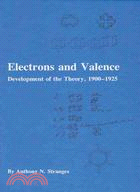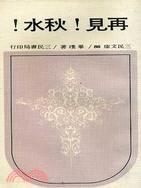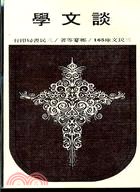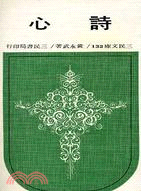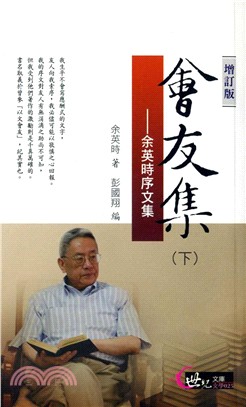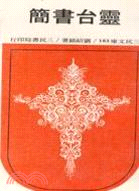Electrons and Valence ― Development of the Theory, 1900-1925
商品資訊
ISBN13:9780890961247
出版社:Texas A & M Univ Pr
作者:Anthony N. Stranges
出版日:1982/04/01
裝訂:精裝
規格:24.1cm*16.5cm*3.2cm (高/寬/厚)
定價
:NT$ 2700 元無庫存,下單後進貨(到貨天數約30-45天)
下單可得紅利積點:81 點
商品簡介
作者簡介
相關商品
商品簡介
Along with the doctrine of atomism, the electron theory of valance ranks as one of the most fundamental developments in the history of modern chemistry. Yet, because the problems this theory solved were difficult ones, the modern understanding of electron bonding came only slowly and only after the minor contributions of many scientists and the major contributions of a few.
Following the discovery of the electron by J. J. Thomson at Cambridge in 1897, scientists quickly concluded that the bonds holding atoms in a molecule were electrostatic or polar and resulted from complete electron transfer. Soon, though, other chemists pointed out that the behavior of many organic molecules was inconsistent with the polar theory. Despite the work of many scientists, it was not until 1916 that one---G. N. Lewis---succeeded in putting forward the currently accepted electronic mechanism for the non polar bond---the shared electron pair.
In this lucidly written and carefully documented study, the author traces the gradual transition from a purely polar theory to one requiring two kinds of bonds, polar and nonpolar, and demonstrates that Lewis, with his far-reaching idea of the shared electron pair bond, was the central figure in this scientific drama.
The focus on Lewis and other major researchers and the detailed attention to more minor actors illustrate both how individual contributions to the solution of perplexing problems fit within general trends and how one individual mind can rise above an era’s state of knowledge to advance science.
The coherent story told here helps meet a great need for the historical study of recent periods in the development of the sciences and should appeal not only to chemists but to all interested in the history of science and the history of thought.
Following the discovery of the electron by J. J. Thomson at Cambridge in 1897, scientists quickly concluded that the bonds holding atoms in a molecule were electrostatic or polar and resulted from complete electron transfer. Soon, though, other chemists pointed out that the behavior of many organic molecules was inconsistent with the polar theory. Despite the work of many scientists, it was not until 1916 that one---G. N. Lewis---succeeded in putting forward the currently accepted electronic mechanism for the non polar bond---the shared electron pair.
In this lucidly written and carefully documented study, the author traces the gradual transition from a purely polar theory to one requiring two kinds of bonds, polar and nonpolar, and demonstrates that Lewis, with his far-reaching idea of the shared electron pair bond, was the central figure in this scientific drama.
The focus on Lewis and other major researchers and the detailed attention to more minor actors illustrate both how individual contributions to the solution of perplexing problems fit within general trends and how one individual mind can rise above an era’s state of knowledge to advance science.
The coherent story told here helps meet a great need for the historical study of recent periods in the development of the sciences and should appeal not only to chemists but to all interested in the history of science and the history of thought.
作者簡介
ANTHONY N. STRANGES received the B.S. and M.S. degrees in chemistry from Niagara University and the Ph. D. in history of science from the University of Wisconsin, Madison. He is presently assistant professor of history at Texas A&M University, where he teaches history of science and is researching the history of synthetic petroleum production.
主題書展
更多
主題書展
更多書展今日66折
您曾經瀏覽過的商品
購物須知
外文書商品之書封,為出版社提供之樣本。實際出貨商品,以出版社所提供之現有版本為主。部份書籍,因出版社供應狀況特殊,匯率將依實際狀況做調整。
無庫存之商品,在您完成訂單程序之後,將以空運的方式為你下單調貨。為了縮短等待的時間,建議您將外文書與其他商品分開下單,以獲得最快的取貨速度,平均調貨時間為1~2個月。
為了保護您的權益,「三民網路書店」提供會員七日商品鑑賞期(收到商品為起始日)。
若要辦理退貨,請在商品鑑賞期內寄回,且商品必須是全新狀態與完整包裝(商品、附件、發票、隨貨贈品等)否則恕不接受退貨。



